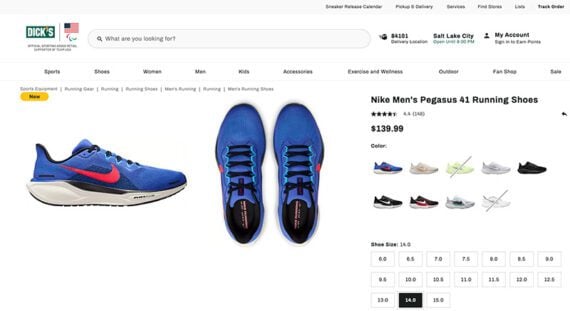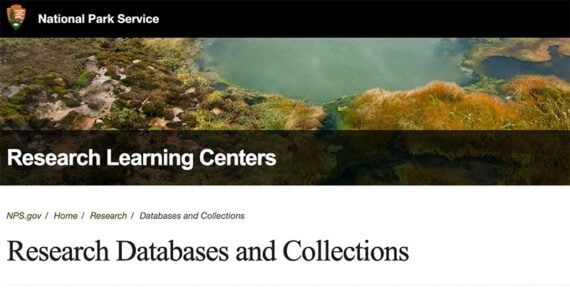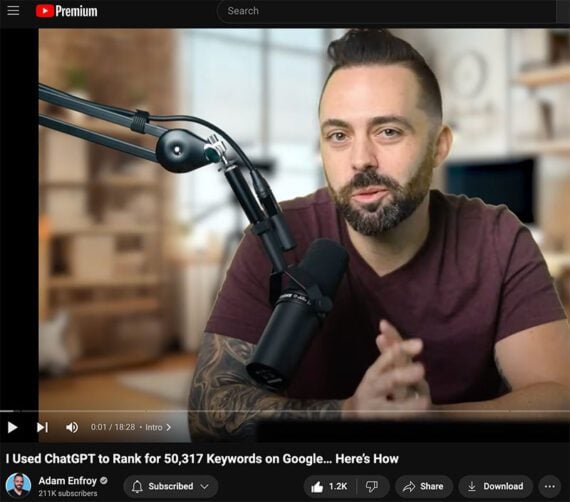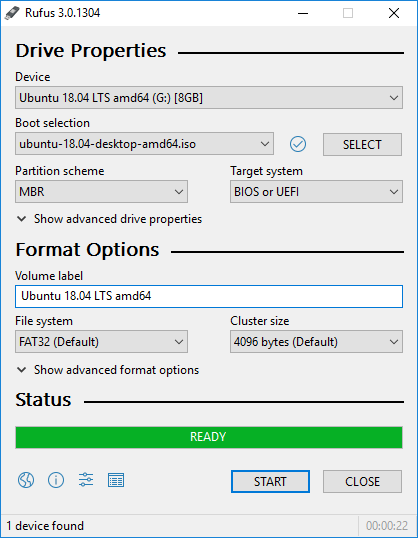Whether they know it or not, many ecommerce marketers are programmatic search engine optimizers. It’s one of the hottest SEO tactics in the artificial intelligence era.
Marketers can use what they already know about optimizing product and category pages to attract new visitors.

Programmatic SEO uses data, algorithms, automation, and AI to create hundreds or even thousands of web pages.
Programmatic SEO
You will not likely find “programmatic SEO” in a dictionary. The process uses algorithms, automation, and sometimes AI to create keyword-specific web pages at scale.
The technique aims to rank pages for a vast number of long-tail keywords, driving traffic and topical authority.
Programmatic SEO (pSEO) saves content in a database and displays it on a website using a template. Thus it’s similar to the way ecommerce websites already work.
An online shop keeps product information — e.g., item name, description, picture, price — in a database. Each product detail page uses the same layout or template and loads content from that source.
Consider the Dick’s Sporting Goods website. It had 105 Nike men’s running shoes at the time of writing. All are content pages in the pSEO context.

Dick’s Sporting Goods dynamically generates product detail pages, with 105 such pages for Nike men’s running shoes.
Each page shared the same template and targeted a unique long-tail keyword such as “Nike Men’s Pegasus 41 Running Shoes” or “Nike Men’s InfinityRN 4 Running Shoes.”
Every ecommerce platform, content management system, and blogging tool behaves similarly. The pSEO approach applies the concept to content generation and marketing.
Ecommerce pSEO
Imagine a new online store selling shoes. This new shop is unlikely to rank for a stem keyword of “running shoes,” given it would have to compete with retail behemoths like Dick’s Sporting Goods or even manufacturers like Nike.
Instead, the new store might try a content marketing approach to attract folks who might eventually want to buy shoes.
The merchant could do it manually with a series of blog posts or automate it with pSEO.
Keyword Phrase
The first step in the pSEO process is identifying a stem keyword phrase to modify into a long tail. If it focused on trail running, this new shoe seller could choose a phrase such as “national park running trails.”
The phase can be extended with superlatives and locations.
- “best national park running trails in Michigan”
- “longest national park running trails in Ohio”
- “hardest national park running trails in the Pacific Northwest”
- “steepest national park running trails near Calexico, California”
Each long-tail phrase will ultimately morph into content to attract a few site visitors each.
Data Source
A page built on the keyword phrase “steepest national park running trails near Calexico, California” will not generate much traffic. It’s not worth the time to write manually.
But pSEO makes creating content easy for hundreds or even thousands of low-difficulty, low-traffic pages.
The first step is a data source.
For example, the U.S. National Park Service maintains several databases about parks, trails, usage, public notices, and even native animal species.

Databases from the U.S. National Park Service include much info about trails, usage, animals, and more.
Content Generation
Using the National Park Service data, the shoe shop could set up an automated workflow.
This workflow might require a developer or, in many cases, just Zapier or If This Then That connecting data to a generative AI platform. The genAI would parse the data and add content, such as a page title, a short introduction, the park’s address, and a table of National Park facts — not necessarily an entire blog post.
The key for pSEO is that the content is generated automatically and passed to the shop’s website.
Template
The store requires a page template displaying the running trail information consistently, helpful to shoppers. The page might include products such as the top-selling trail running shoes or an email subscription form.
The template is analogous to a product detail page.
A separate category template could help, too. For example, a page targeting “national park running trails in Michigan” could have sections about the longest, steepest, flattest, busiest, and best-running trails in each region of the state — similar to a pillar or hub in a content marketing topic cluster.
Implementing pSEO
The pSEO process is similar to what ecommerce marketers do already: optimize product detail and category pages. What’s new is automating the workflow and organizing the data.
Each pSEO content page will not likely attract many visitors. But combined, all pSEO pages will.
For example, in August 2024 content creator Adam Enfroy published a YouTube video demonstrating how he used this technique to rank for more than 50,000 keyword phrases on Google. Many of the pages Enfroy created received just a few monthly visits but collectively drove a massive increase in traffic.

Content creator Adam Enfroy used pSEO to rank for roughly 50,000 keyword phrases on Google.






